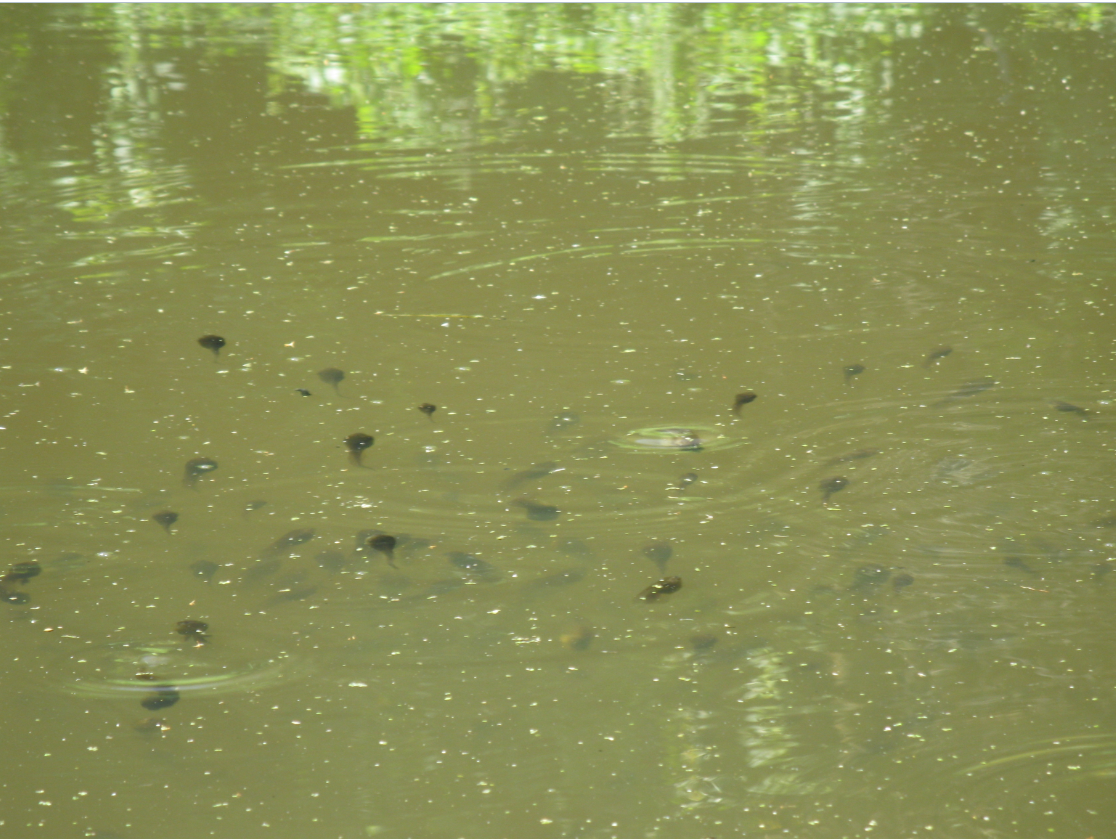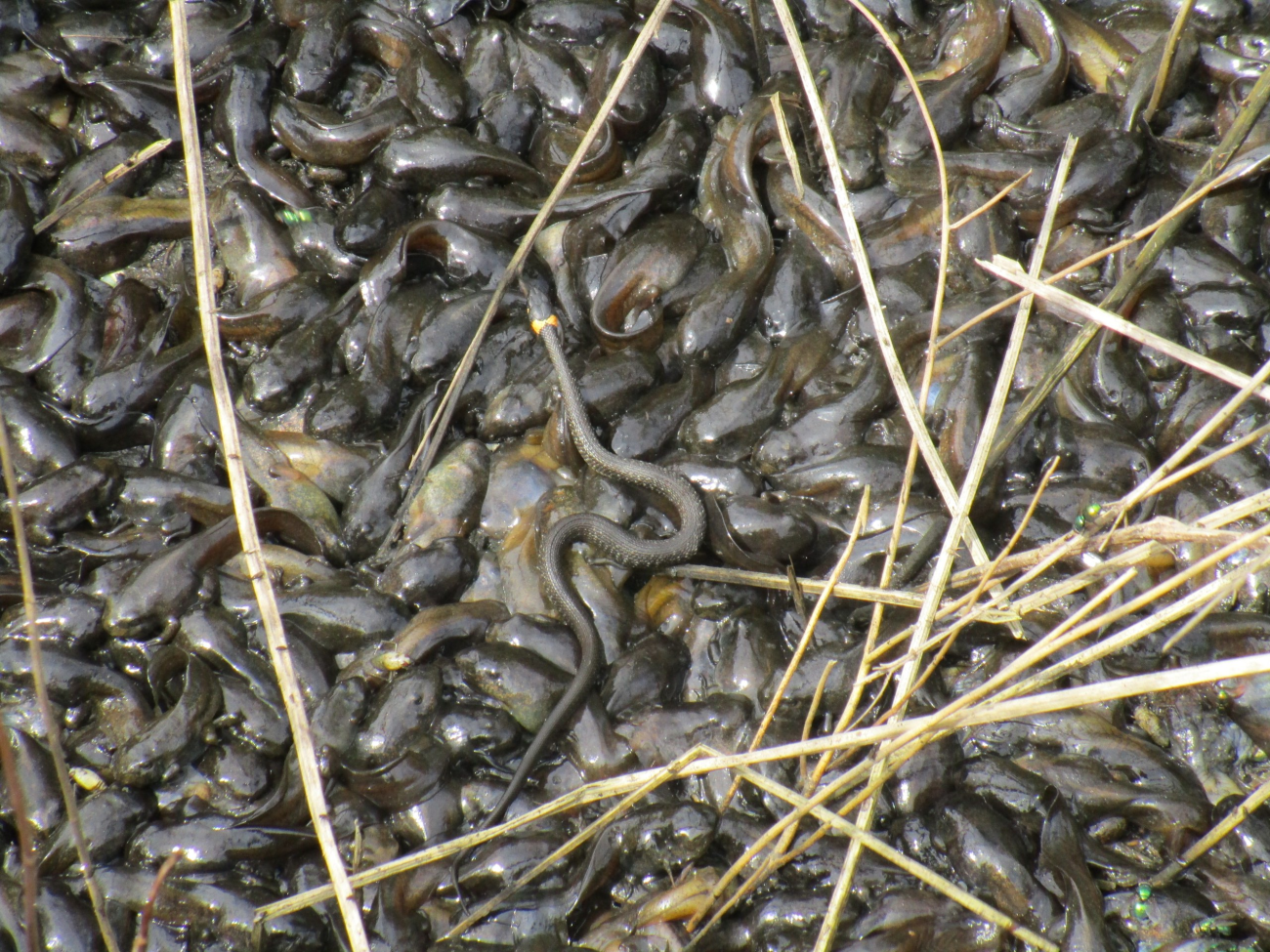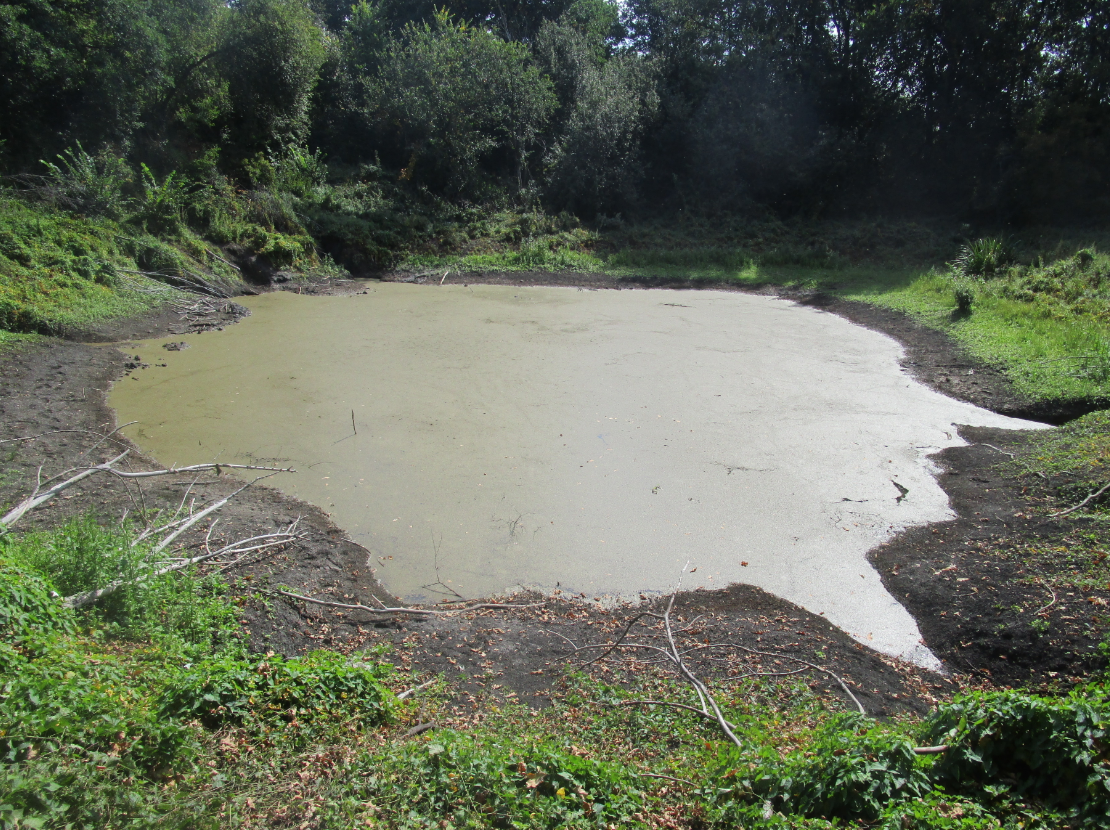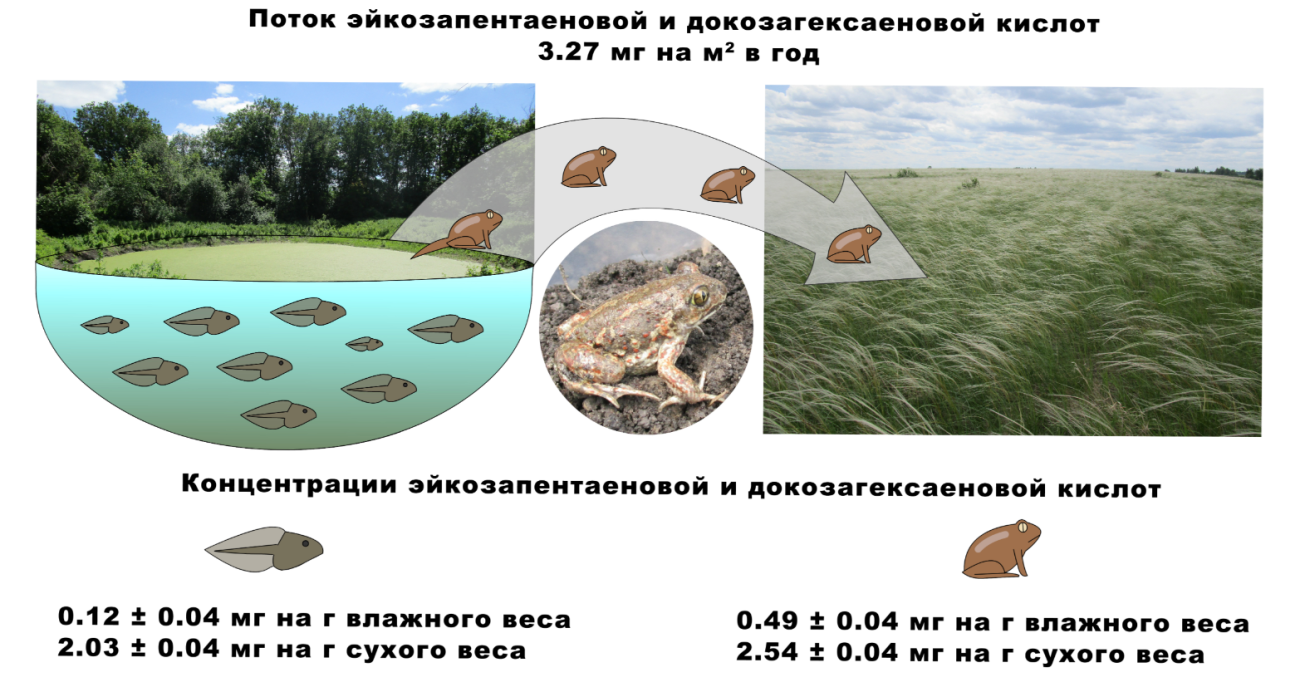Scientists from the A.N. Severtsov Institute of Ecology and Evolution, Russian Academy of Sciences, Siberian Federal University, Krasnoyarsk Scientific Center of the Siberian Branch of the Russian Academy of Sciences, and the Privolzhskaya Lesostep Nature Reserve investigated the role of the tailless amphibian Pallas' spadefoot in the transfer of organic matter from small water bodies to land. Among these substances, the focus has been on polyunsaturated fatty acids (PUFAs), which are essential for many terrestrial animals, but are efficiently formed mainly by algae and therefore are in short supply in terrestrial ecosystems. Among PUFAs, eicosapentaenoic and docosahexaenoic acids are especially important, which are necessary for the normal functioning of the cardiovascular system and other physiological and biochemical processes in terrestrial vertebrates, including humans.

In the weakly watered natural areas of the European forest-steppe, water bodies are usually represented by small objects, which makes them key sources of water subsidies for terrestrial ecosystems. In such reservoirs spadefoot tadpoles, one of the largest amphibian larvae, are among the most widespread organisms in terms of abundance and biomass. Tadpoles feed mainly on algae, therefore they accumulate a certain amount of polyunsaturated fatty acids in their biomass (about 2 mg per g of dry weight). Then these substances enter terrestrial ecosystems together with young spadefoots that have completed their metamorphosis and leave water bodies. Thus, the flow of valuable eicosapentaenoic and docosahexaenoic acids with these amphibians is 3.27 mg per square meter per year. According to the content of these substances, spadefoot fingerlings are a very high-quality food for terrestrial consumers.

At the same time, most of the spadefoot tadpoles do not reach metamorphosis. The biomass of all fingerlings emerging on land reaches only 3.8% of the total biomass of tadpoles. However, spadefoot tadpoles that fail to achieve metamorphosis still serve as a transport agent for polyunsaturated fatty acids. Tadpoles enter terrestrial food webs in large numbers, as they are the prey of many terrestrial or semi-aquatic predators - insects, snakes, birds, and mammals.

Spadefoot, like many other amphibians, spawns in temporary and drying up water bodies. However, these reservoirs are currently under threat due to climate change and human activity. The annual drying up of amphibian spawning grounds can result in the loss of one of the most important sources of water subsidies (including essential fatty acids) for terrestrial consumers and humans.

The study was financially supported by the Russian Science Foundation - project 22-24-00920 (supervisor Academician Dgebuadze Yu.Yu.). Link to article.

